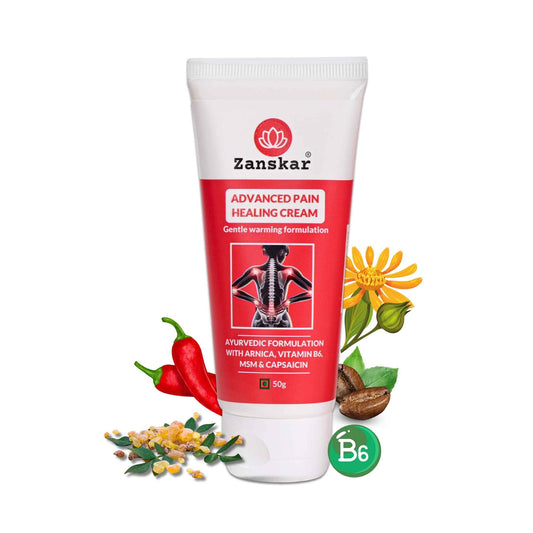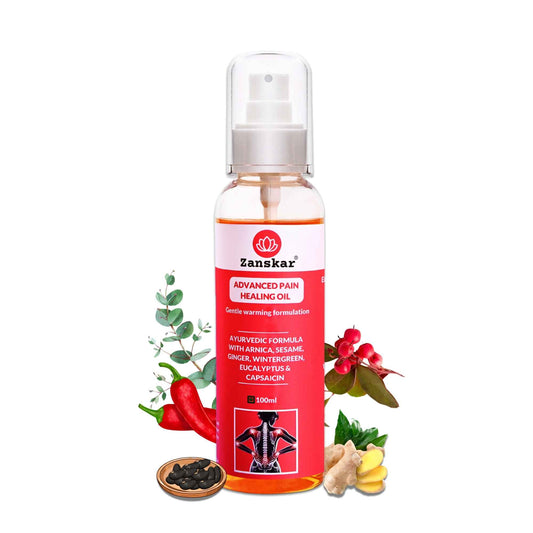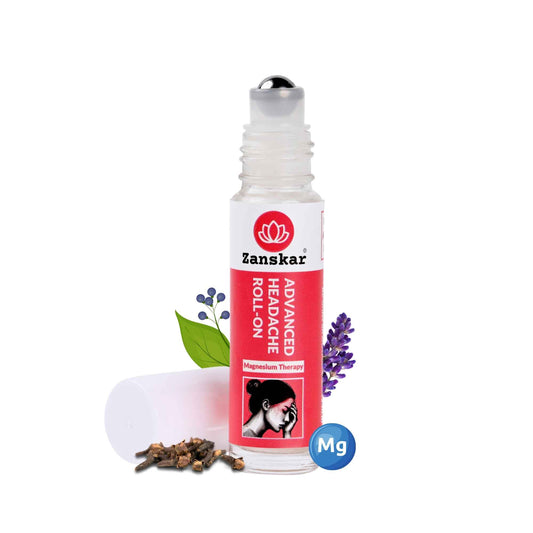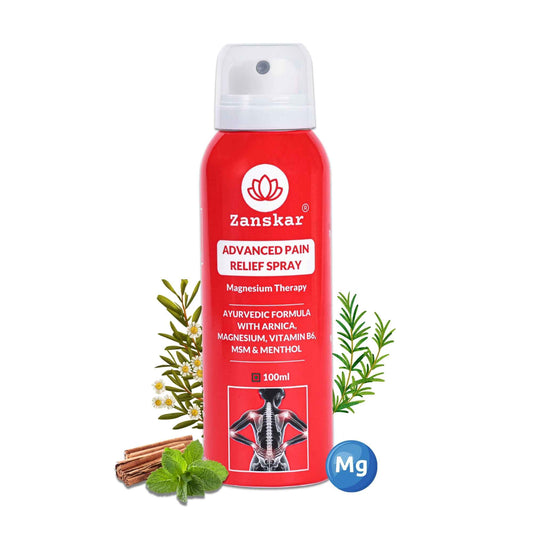
Delhi Air Pollution: Does Toxic Air Increase Joint Pain?
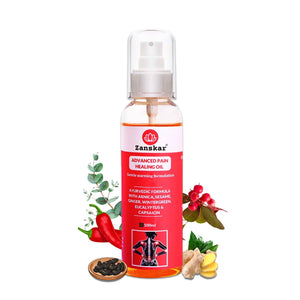
Air pollution can cause a number of different health problems depending upon factors like the kind of air pollutant a person is exposed to, the concentration of the pollutant, and the person’s individual genetics. It’s long been known that air pollution can lead to the development of cardiovascular and respiratory ailments. This makes sense, as the pollutants enter the lungs and cause damage to the cells there. Yet could air pollution also be responsible for the development or advancement of RA as well?
A recent study suggests that exposure to various kinds of air pollution may play a role in the development or exacerbation of joint pain by causing the generation of joint pain-related autoantibodies in the tissue of the lungs. These autoantibodies may function as precursors to the disease, making the development of rheumatoid joint pain more likely. If air pollution can lead to the development of joint pain it’s important to utilize high efficiency air filtration to reduce exposure to air pollution.
What are these toxic air pollutants?
A study published in the Journal of Inflammation in 2015 found a suggested link between the development of rheumatoid joint pain and exposure to various forms of air pollution. The study examined the links between joint pain and the pollution that originated from traffic and wood smoke. The various pollutants that the study tracked include various forms of nitrates (nitrogen oxides), sulfur dioxide, ozone and particulate matter. These air pollutants can damage the cells of the lungs when inhaled, which is why it’s important to use commercial air filtration systems to minimize exposure to them.
The nitrogen oxides that the study tracked originate primarily from industrial facilities, motor vehicles and agricultural operations. Nitrogen oxide is a catch-all term for various air pollutants made out of both nitrogen and oxygen atoms. Fossil fuel combustion is a massive contributor to atmospheric levels of nitrogen oxide, but natural sources such as forest fires can also contribute.
Sulfur dioxide is also released by the combustion of fossil fuels, much like nitrogen oxides. Electrical power plants, dry cleaning services, wood burning, and industrial facilities can all release sulfur dioxide. Sulfur dioxide can also come from cars, though levels of the sulfur in gasoline have dropped dramatically in the past few decades. Sulfur dioxide is also a contributor to acid rain, which harms vegetation and water tables.
Ground level ozone, also called tropospheric ozone, comes from the interaction of heat and sunlight with volatile organic compounds (VOCs). Ozone in the upper atmosphere shields our planet from the sun’s UV rays, but at ground level it is a toxic air pollutant that contributes to smog and the greenhouse effect.
Particulate matter was also tracked by the study. Particulate matter is an umbrella term for all different kinds of air pollutants, both liquid and solid, which are below a certain size. The particles that the study tracked include PM10 (particles with a diameter less than 10-microns), PM2.5 (those that have a diameter less than 2.5-micronsμ) and PM1 (diameter less than 1-micron).
Why does pollution increase risk of Joint pain?
Air pollution may contribute to the development or worsening of joint pain through several mechanisms:
1. Inflammation: Fine particulate matter (PM2.5) and other pollutants can trigger systemic inflammation by releasing pro-inflammatory cytokines in the body, which can exacerbate joint pain symptoms.
2. Oxidative Stress: Pollutants like ozone and nitrogen dioxide generate free radicals, leading to oxidative stress that damages tissues, including joints.
3. Autoimmune Response: Exposure to pollutants may alter immune system function, increasing the risk of autoimmune forms of joint pain, such as RA
4. Worsening Respiratory Health: Compromised lung function from pollution can reduce oxygen supply and circulation, indirectly aggravating joint conditions.
5. Epigenetic Changes: Long-term pollution exposure might influence gene expression, potentially increasing susceptibility to inflammatory diseases.
Other damage to your health
In addition to the possible development or exacerbation of RA, exposure to the air pollutants covered in the study can cause many different health problems. Inhaling the air pollutants that were covered in the study can lead to the development of cardiovascular diseases and respiratory ailments like asthma, pneumonia, and chronic obstructive pulmonary disorder.
Exposure to both nitrogen oxides and sulfur dioxide can easily cause choking, wheezing, headaches and nausea in high concentrations. Sulfur dioxide and nitrogen dioxide inflame the lining of the lungs, making the lungs more vulnerable to infection. This means that conditions like emphysema and pneumonia are more likely to develop. Continued exposure to these air pollutants can cause permanent damage to the lungs, irreversibly impacting their function.
Particulate matter is so small that it is capable of penetrating the human lungs and bloodstream. Some particles are many times smaller than the width of a human hair and at this tiny size, they can destroy the cells of the lungs. Particulate matter can even ride the blood up to the brain where it can penetrate the blood-brain barrier and cause brain damage. Particulate matter exposure can lead to stroke, heart attack, COPD, asthma, pneumonia and increased risk for lung cancer.
Outlook
If you have joint pain, minimizing exposure to air pollution by using air purifiers or wearing masks in polluted environments can help manage symptoms. Staying indoors and avoiding outdoor exercise is also helpful to prevent lung impairment in high AQI (150 or above) scenario.
Learn More About Zanskar Health
If you have joint or muscle pain that makes it hard to move, Zanskar offers the most advanced full stack pain relief solutions for you.
Now available to purchase, Zanskar® Advanced Pain Care Products have a unique formulation of natural bioactive ingredients and provide lasting relief from muscle and joint discomfort that you can feel good about. Get your fix before stocks run out - buy now.
You can also gain access to therapeutic exercises and stretches for your condition by downloading the Zanskar Health physiotherapy mobile app. Additionally, you’ll have a personal care team to guide, support, and tailor our program to you, including behavioral and nutritional coaching.
Download our mobile app here 👉 download and track your exercise streak.
Medical Review: This article is written by Dr Nishtha Mittal (Senior Health Content Editor at Zanskar Health) and has been medically reviewed by the medical team at Zanskar Health. This article and its contents are provided for educational and informational purposes only and do not constitute medical advice or professional services specific to you or your medical condition.




